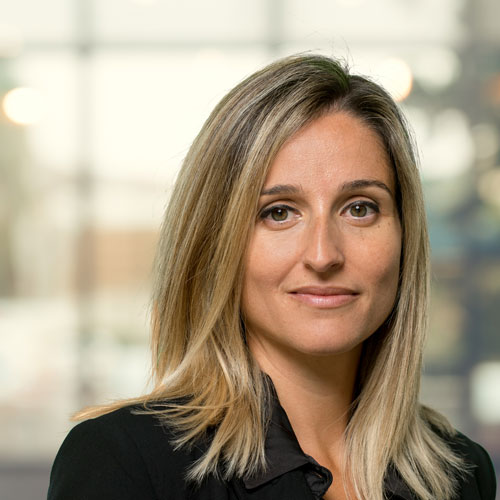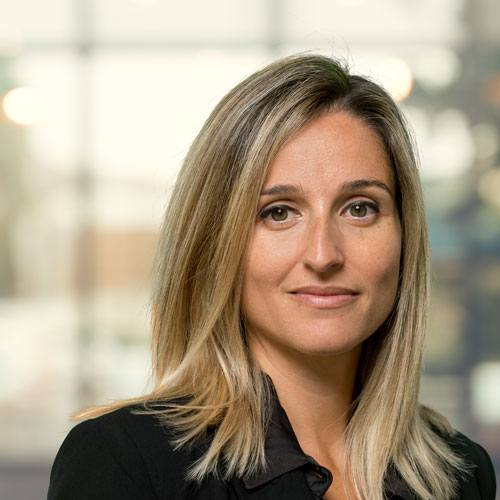OESTER project to advance offshore electricity storage
Sixteen partners from across the European offshore renewable energy sector have joined forces in project OESTER (Offshore Electricity Storage Technology Research). This three-year initiative, with major energy industry players such as RWE, Vattenfall and TNO, aims to accelerate the development and deployment of offshore electricity storage technologies. The project, addresses key challenges in the renewable energy transition such as system integration and demonstrates the benefits of adopting this technology.
Maximizing renewable energy utilization
As renewable energy systems expand, they face challenges like grid congestion and system instability caused by the mismatch between variable energy production and demand. These issues often result in electricity curtailment, reducing the effective utilization of renewable resources and limiting their potential to accelerate the energy transition.
Additionally, simultaneous electricity production from multiple wind farms can lead to oversupply, causing electricity prices to plummet which significantly impacts the business case of offshore wind farms. Energy storage systems could offer a viable solution to these challenges.
Goal: scalable solutions
The core mission of the OESTER project is to mature, de-risk, and validate innovative offshore electricity storage solutions from technological, economic, environmental, and societal perspectives. The project’s ultimate goal is to deliver scalable solutions that can be applied across global markets, supporting the rapid deployment of renewable energy systems. Key technologies under evaluation include:
- Short-term storage: batteries integrated into wind turbine monopiles (Verlume)
- Medium-term storage: Compressed Air Energy Storage (FLASC) and Underground Pumped Hydro Storage (Ocean Grazer) co-located within wind farms
- Long-term storage: electrolyser system installed on offshore platforms directly connected to wind farms (Battolyser)
Preliminary Front-End Engineering Designs (FEED) and prototype components will be developed to validate these hybrid systems. Digital twins virtual representations of the hybrid system to reflect the physical operations accurately, will be employed to simulate system performance and optimize grid operations at gigawatt scale.
Next generation energy farms
By integrating storage systems into offshore wind farms, the project supports the development of next generation of offshore wind farms into advanced, multi-faceted energy hubs combining wind, energy storage, and potentially other renewable technologies.
These next-generation integrated energy farms are designed to provide baseload energy, enhancing system reliability and flexibility from the supply side.
The project has been approved under the framework of Mission-driven Research, Development and Innovation (MOOI), by the Netherlands Enterprise Agency.

'The deployment of offshore electricity storage technologies paves the way for a more resilient and efficient energy system, supporting the global transition to sustainable energy.'
Partners
Partners involved are:
- wind developers and operators: RWE, Vattenfall, APG, SSE
- storage technology developers: Verlume, Flasc, Battolyser systems and Ocean Grazer
- companies supporting offshore renewable energy and storage: DMEC and SeaWay7
- research and knowledge institutes supporting ecology, and digital twins of the system: Deltares and University of Groningen, and TNO (project coordinator)
- legal company New ground law and the storage association of Netherlands, Energy Storage NL
Comments from some of the project partners:
- Iratxe Gonzalez-Aparicio, programme manager System Transformation at TNO said:
‘The OESTER project represents a significant step forward in addressing the challenges of renewable energy integration. By enabling the deployment of offshore electricity storage technologies, it paves the way for a more resilient and efficient energy system, supporting the global transition to sustainable energy.’
- Bas Jansen, Programme Manager OranjeWind knowledge at RWE said:
‘In the OESTER project we will gain valuable insights into large scale offshore energy storage. OESTER will show under which conditions offshore energy storage is technologically and economically viable, so that we can implement it in future wind farms for better system integration. This will facilitate the roll-out of offshore wind and help to reach our sustainable energy goals.’
- Vattenfall – Mogens Lau:
‘The work on defining the next generation of Hybrid Offshore Power Plants is one of the most important development tracks for Vattenfall towards what we define as ‘fossil freedom’. This project will create the baseline for hybrid solutions for many years to come.’
- FLASC – Daniel Buhagiar
‘OESTER presents an exciting opportunity for us to further develop our solution towards market entry, while highlighting the offshore energy storage opportunity for The Netherlands. We look forward to a close collaboration with other technology developers, potential clients and key stakeholders within this consortium.’
- Richard Knox, CEO at Verlume, added:
‘Energy storage will be a significant enabling technology within the offshore wind sector. As part of the OESTER project, Verlume will bring its MWh-scale Orah intelligent energy management and energy storage system to the consortium as we explore in detail how this collaborative group can advance system integration within offshore wind.’
Get inspired
Wind energy webinars

Webinar: System transformation in offshore renewable supply


SWITCH tackles the energy issues of the future


SWITCH field lab of TNO and Wageningen University & Research/ACRRES opened


TNO helps study effectiveness of Black Blades with sensors, cameras and radar




